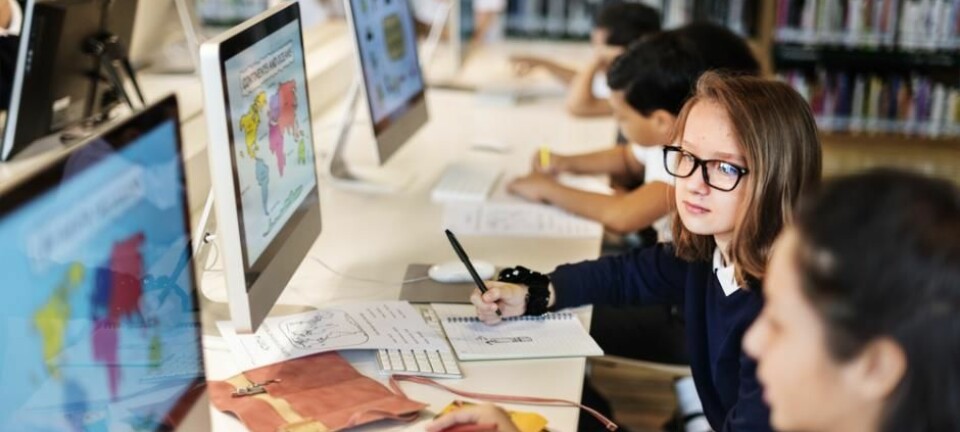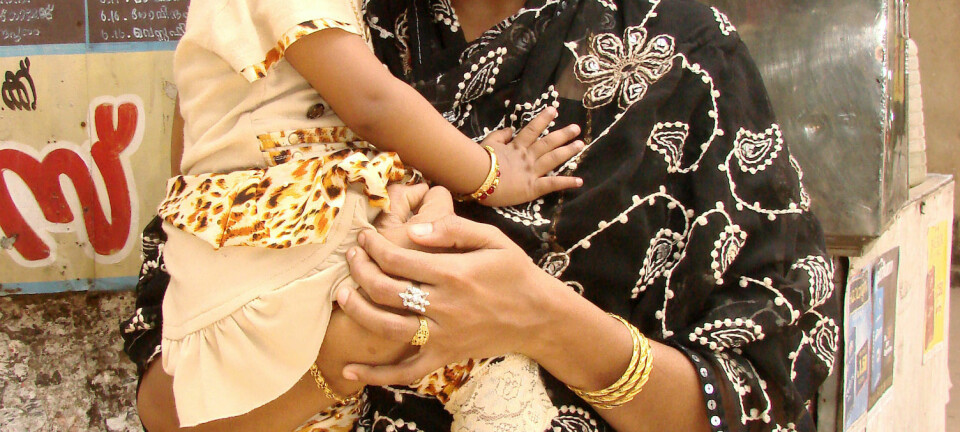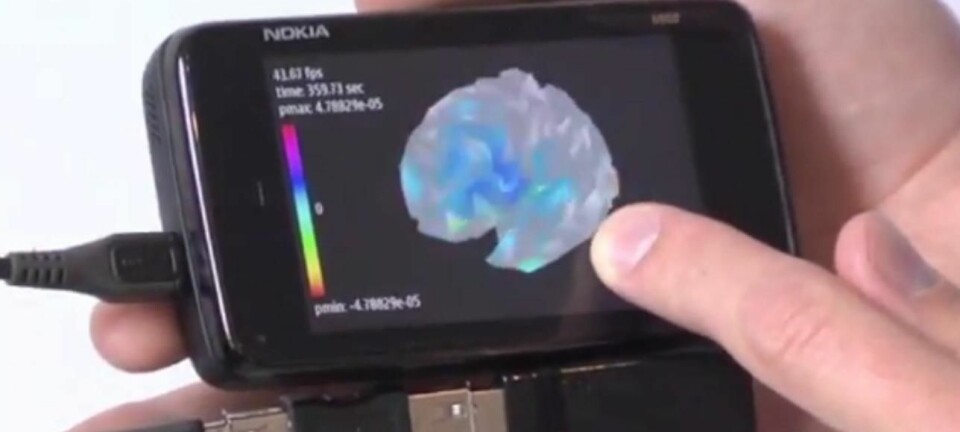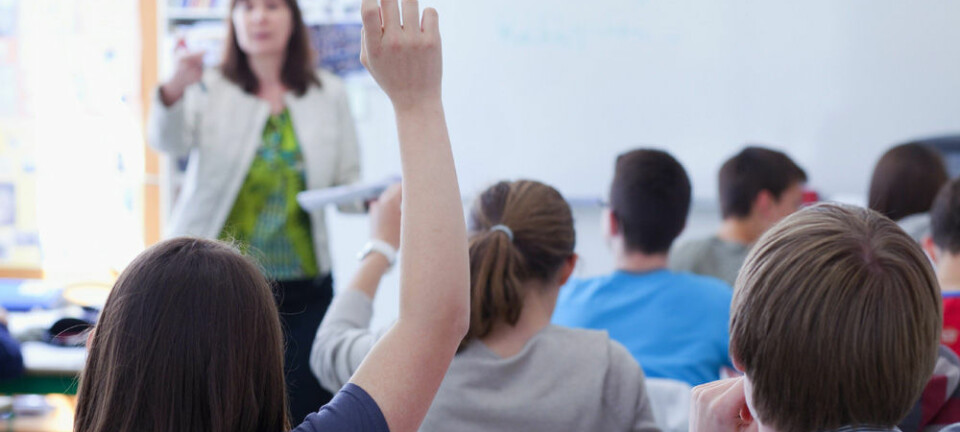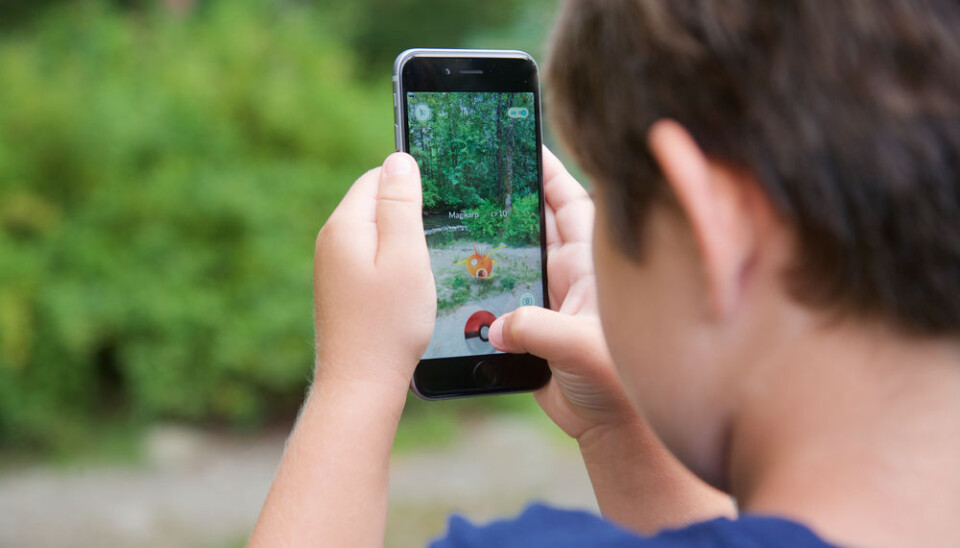
Can your child’s phone bring them closer to nature?
Our five-year project will find out how apps and technology change children’s experiences and knowledge of the great outdoors. And we need your help!
Picture the scene. A group of children standing on a forest path. One of them kneels down and takes out his phone to record an animal track. He opens an app and scans the paw print. Suddenly a badger pops up on the screen and his friends huddle round the phone to watch the badger amble down the path and into the forest.
This scenario is fiction and the app, which identifies animal tracks and displays a simulation of the animal superimposed over a live camera feed, does not exist. But judging by the explosion of Pokemon Go, something of this nature is a real possibility.
How might such an app influence children’s experiences of nature and their learning of scientific phenomena?
We don’t have the answer to this question just yet, but a new research project “Natural Technology” supported by the Nordea Fonden aims to find out.
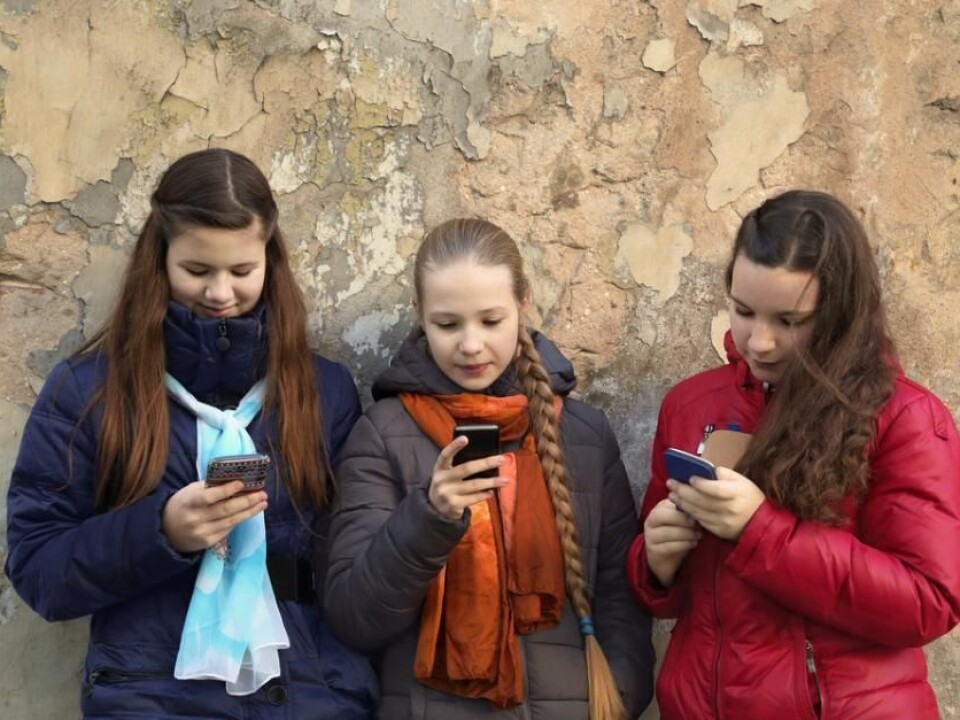
Read More: Digital knowledge is a poor substitute for learning in the real world
How do children use technology?
Digital learning tools are already used widely by children today.
Ninety-five per cent of children aged three to six have access to a tablet at home and to digital media in daycare.
Older children increasingly use the Internet as part of their daily lives via smartphones, while books have been all but replaced by iPads in so-called ‘iPad schools.’ ANd to an ever greater extent, children head online to gather information and learn.
In Denmark, 70 per cent of children aged seven to twelve are active YouTube consumers. Their online activities present ever more opportunities to communicate and exchange text, pictures, and links via social media sites, such as Facebook, Snapchat, and Instagram.
But research has shown that this increasing use of technology coincides with a decline in outdoor experiences, leading to what is known as ‘nature deficit disorder,’ where technology-based communication and indoor activities come to replace learning and playing outside.
You can read more about nature deficit disorder in my previous article on ScienceNordic.
One style of learning replaced by another
Along the way, children become adept communicators by way of sharing, writing, and publishing their experiences and formulating their thoughts online.
And informal learning of how the world is connected via the natural sciences is replaced with another type of informal learning, focused instead on human and social sciences, where the digital ecosystem overtakes the natural world.
Some researchers disagree that increasing use of technology automatically leads to a nature deficiency and a gap in understanding of nature vs. society. But this is based on a posthumanistic point of view and not a cognitive assessment.
Read More: Are computer games a teacher’s friend or enemy?
Need to document children’s use of technology
Together with my college Gertrud Lynge Esbensen, a postdoc from the Danish School of Education at Aarhus University and the University of Southern Denmark, I will investigate how technology and social media impact on children’s and young people’s experiences of the natural world as part of a five-year project ‘Natural Technology.’ The project runs from 2018 to 2022.
Through anthropological and cognitive studies, we will document how children already implement technology in their outdoor activities.
We’ll document how often and how long children are outside, what activities they get up to, their experiences of nature, motivation, and preferences, and identify how technology can be used to encourage more children to get outside and enjoy nature.
We’ll do this in three phases.
Read More: Technology may be useful for children with disabilities
Three phases: What tech is used, how is it used, how does it changes behaviour?
In the first phase we’ll study targeted dissemination—technology used by children and young people in specific situations, such as learning activities in parks. We’ll also look at technology that children use on their own initiative, including gaming apps like Pokemon Go.
Next, we’ll document how this technology influences their activities via observational studies and informal conversations and interviews with children and adults during adult-facilitated activities.
And finally, we’ll assess more broadly how children change their behaviour outdoors when they have information and communication tools at their fingertips via smartphones.
For example, do they share their experiences or photos via apps like Snapchat or other media? Do they inspire each other to go outdoors more often or try new things? And does the ability to retrieve information via technology impact upon what we chose to do outside?
Read More: Children can play their way to more learning in school
New apps and information for developers
The answers to these questions could ultimately lead to the development of new apps and technology-based outdoor learning pathways.
We will provide an overview of how existing technology can help children learn and highlight children’s technological preferences in order to facilitate and encourage more outdoor experiences.
And we will develop guidelines for how future technology can help children switch from a passive user of technology indoors to active involvement outside in the real world.
In doing so, we hope to combat nature deficit disorder and perhaps stimulate interest in the natural world and science via technology.
Read More: App calms ADHD children before bedtime
We need your help!
But to make this a reality, we need to gather as much information as possible on a wide range of apps, blogs, websites, and technology. And so we’d love to hear your suggestions.
If you would like to stay up to date with the project then follow the link to my profile (below) and send me an email to register your interest.
We’ll develop a database of all your suggestions and send out regular newsletters of the project’s progress.
---------------
Read this article in Danish at ForskerZonen, part of videnskab.dk.
Translated by: Catherine Jex
Scientific links
- 'Gaming conservation: Nature 2.0 confronts nature-deficit disorder,' Geoforum (2017), doi: 10.1016/j.geoforum.2016.02.009
- 'Mind change: How digital technologies are leaving their mark on our brains,' Rider (2015), isbn: 1846044316
- 'Posthumanist Approaches to Theorizing Children’s Human-Nature Relations,' In Space, Place, and Environment (2016), doi: 10.1007/978-981-287-044-5_14
- 'Impact of iPads on break-time in primary schools—a Danish context,' Oxford Review of Education (2017), doi: 10.1080/03054985.2017.1304920
- 'Fremtidsteknologi (ud) danner mennesker,' Early Childhood Education Journal (2016), doi: 10.1007/s10643-015-0732-3
- 'A is for avatar: Young children in literacy 2.0 worlds and literacy 1.0 schools,' Language Arts (2010), doi: 10.1.1.897.6930
